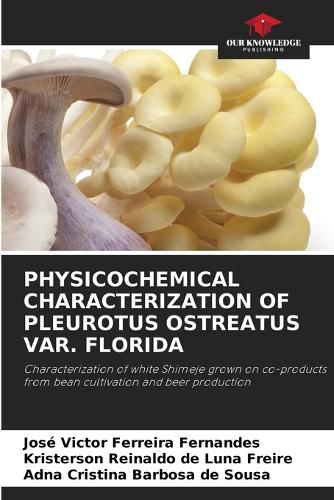Readings Newsletter
Become a Readings Member to make your shopping experience even easier.
Sign in or sign up for free!
You’re not far away from qualifying for FREE standard shipping within Australia
You’ve qualified for FREE standard shipping within Australia
The cart is loading…






Edible mushrooms of the Pleurotus genus are widely recognized for their ecological, biotechnological and nutritional applications, and are the second most cultivated type of mushroom in the world. This study investigated the production of Pleurotus ostreatus var. florida grown in substrates based on agro-industrial by-products from bean cultivation and craft beer production. Four formulations were tested, varying only the type of supplement used: T1 (80% green bean pods without grains + 20% malt bagasse), T2 (T1 + 5% residual yeast), T3 (T1 + 10% hot trub) and T4 (T1 + 10% hop trub). The substrates and supplements were evaluated for pH, reducing, non-reducing and total sugars, ash, soluble solids, carbon (C), nitrogen (N) and C/N ratio. The mushrooms were analyzed for biological and production parameters, including moisture, protein, lipid, carbohydrate, ash and total calorie content.
$9.00 standard shipping within Australia
FREE standard shipping within Australia for orders over $100.00
Express & International shipping calculated at checkout
Edible mushrooms of the Pleurotus genus are widely recognized for their ecological, biotechnological and nutritional applications, and are the second most cultivated type of mushroom in the world. This study investigated the production of Pleurotus ostreatus var. florida grown in substrates based on agro-industrial by-products from bean cultivation and craft beer production. Four formulations were tested, varying only the type of supplement used: T1 (80% green bean pods without grains + 20% malt bagasse), T2 (T1 + 5% residual yeast), T3 (T1 + 10% hot trub) and T4 (T1 + 10% hop trub). The substrates and supplements were evaluated for pH, reducing, non-reducing and total sugars, ash, soluble solids, carbon (C), nitrogen (N) and C/N ratio. The mushrooms were analyzed for biological and production parameters, including moisture, protein, lipid, carbohydrate, ash and total calorie content.